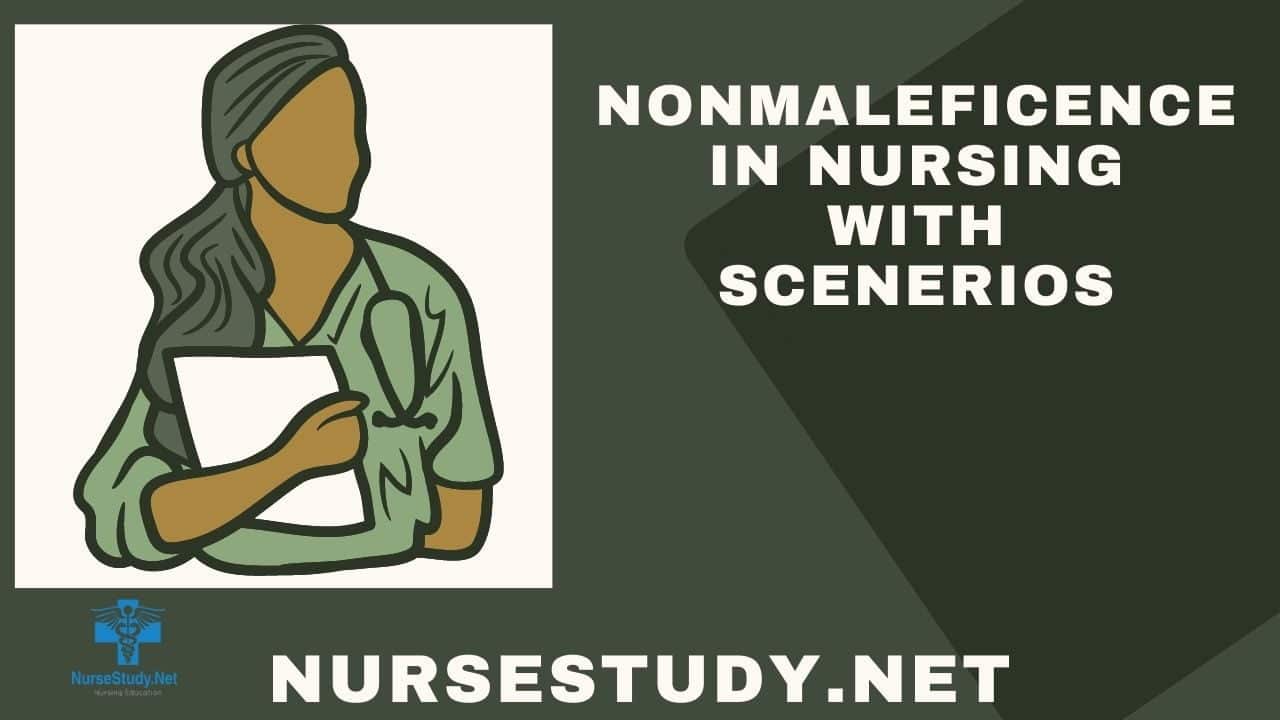The “do no harm” principle stands as a cornerstone of nursing practice. Understanding nonmaleficence in nursing is crucial for healthcare professionals committed to providing safe, ethical patient care. This comprehensive guide explores the fundamental aspects of nonmaleficence and its critical role in modern nursing practice.
Understanding Nonmaleficence in Nursing
Nonmaleficence, derived from the Latin phrase “primum non nocere” (first, do no harm), represents a foundational ethical principle in healthcare. For nurses, this principle guides every clinical decision and patient interaction, ensuring that all actions prioritize patient safety and well-being.
Core Elements of Nonmaleficence
- Risk Assessment: Careful evaluation of potential risks versus benefits
- Preventive Action: Taking steps to avoid foreseeable harm
- Professional Judgment: Using clinical expertise to make safe decisions
- Patient Advocacy: Protecting patients from potential harm
- Documentation: Maintaining accurate records to prevent errors
Clinical Applications of Nonmaleficence
Healthcare professionals encounter numerous situations where nonmaleficence guides their decision-making process. Consider these practical applications:
Medication Administration
Nurses must carefully verify the “five rights” of medication administration:
- Right patient
- Right medication
- Right dose
- Right route
- Right time
Each verification step embodies nonmaleficence by preventing medication errors.
Patient Assessment
Regular monitoring and documentation of vital signs, symptoms, and patient responses demonstrates nonmaleficence through:
- Early detection of complications
- Prevention of adverse events
- Timely intervention when needed
Treatment Planning
When developing care plans, nurses consider:
- Potential side effects of treatments
- Alternative therapeutic options
- Patient-specific risk factors
- Expected outcomes
Implementing Nonmaleficence in Daily Practice
Best Practices for Patient Safety
- Maintain current clinical knowledge
- Follow established protocols and guidelines
- Practice effective communication
- Document thoroughly and accurately
- Report near-misses and safety concerns
Common Challenges and Solutions
Nurses often face situations testing their commitment to nonmaleficence:
Challenge 1: Time Constraints
Solution: Prioritize tasks while maintaining safety standards, delegate appropriately, and communicate needs to management.
Challenge 2: Complex Patient Needs
Solution: Collaborate with healthcare team members, seek guidance when needed, and maintain continuous education.
The Impact of Nonmaleficence on Patient Outcomes
Research shows that strong adherence to nonmaleficence principles leads to:
- Reduced medical errors
- Improved patient satisfaction
- Better health outcomes
- Lower readmission rates
- Enhanced trust in healthcare providers
Legal and Professional Implications
Healthcare facilities and nursing boards expect strict adherence to nonmaleficence. Failure to uphold this principle can result in:
- Professional discipline
- License suspension or revocation
- Legal liability
- Damage to professional reputation
- Compromised patient trust
Future Considerations in Nonmaleficence
As healthcare evolves, new challenges to nonmaleficence emerge:
- Technological advancement implications
- Ethical considerations in telehealth
- Cultural competency requirements
- Environmental safety concerns
Conclusion
Nonmaleficence remains fundamental to nursing excellence. By understanding and implementing this principle, nurses ensure optimal patient care while protecting themselves professionally. Continuous education and vigilance in practicing nonmaleficence support the highest standards of nursing care.
References
- Doody O, Noonan M. Nursing research ethics, guidance and application in practice. Br J Nurs. 2016 Jul 28;25(14):803-7. doi: 10.12968/bjon.2016.25.14.803. PMID: 27467646.
- Edwards-Maddox, S., Reid, A., & Quintana, D. M. (2022). Ethical implications of implicit bias in nursing education. Teaching and Learning in Nursing, 17(4), 441-445. https://doi.org/10.1016/j.teln.2022.04.003
- Sellman D. The practice of nursing research: getting ready for ‘ethics’ and the matter of character. Nurs Inq. 2016 Mar;23(1):24-31. doi: 10.1111/nin.12102. Epub 2015 Jun 1. PMID: 26032988.
- Silvestri, L. A. (2020). Saunders comprehensive review for the NCLEX-RN examination. St. Louis, MO: Elsevier
- Southwell BG, Anderson A, Berry A, et al., editors. Equipping Health Professions Educators to Better Address Medical Misinformation [Internet]. Research Triangle Park (NC): RTI Press; 2023 Mar. Available from: https://www.ncbi.nlm.nih.gov/books/NBK595308/ doi: 10.3768/rtipress.2023.op.0086.2303
